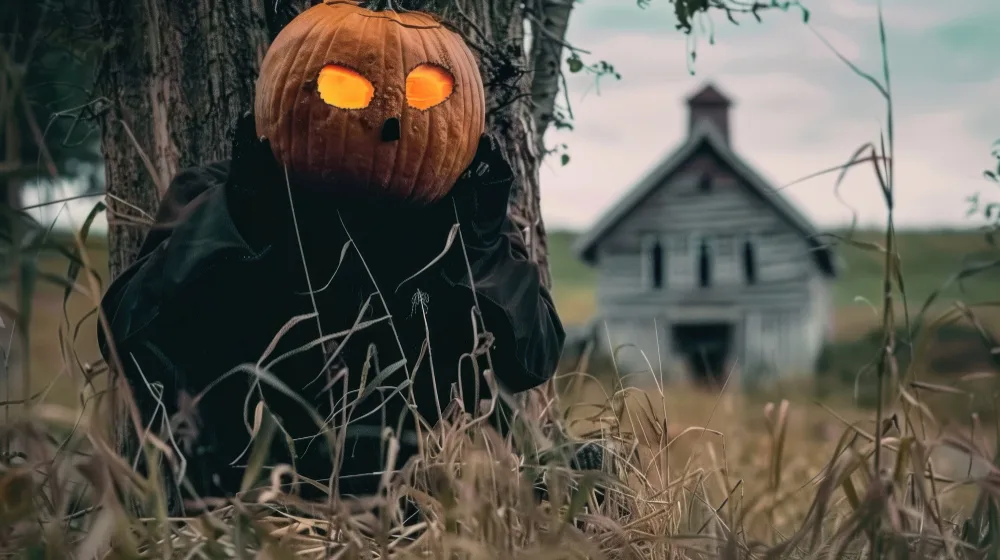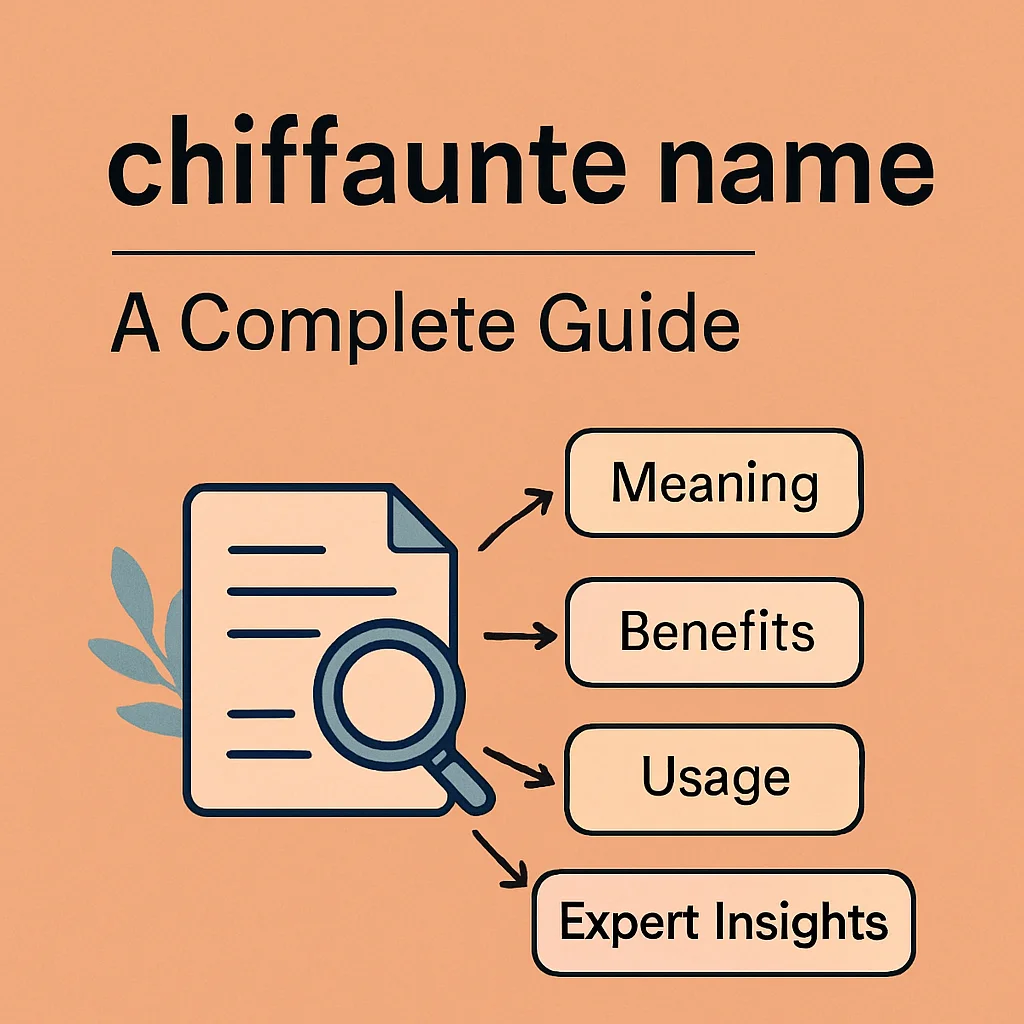Introduction
The idea of scary names has fascinated people for centuries. From dark folklore and horror stories to modern games and movies, a name alone can set the tone for mystery, fear, or suspense. A chilling name often carries more weight than appearance, as it instantly sparks imagination and builds an atmosphere of dread. Whether you’re looking for scary names for monsters, scary names for boys, or even scary names for pets, these names add character and depth to stories, games, or real-life fun like Halloween.
This complete guide explores the meaning, use, and benefits of scary names, while also offering practical advice on how to create or choose them. You’ll find scary boy names, scary girl names, villain scary names, and even scary names for dogs and cats. By the end, you’ll not only know what scary names but also how to apply them effectively for your projects, characters, or entertainment. For deeper insights, you can also check our related article on name scary.
Benefits of Scary Names
Scary names are more than just eerie labels—they serve different purposes depending on the context.
How It Helps in Stories and Characters
- Building Atmosphere: A frightening name creates suspense before the character even appears. For example, scary monster names like Bloodfang or Shadowclaw set the tone instantly.
- Memorable Characters: In fiction, scary names for characters make them unforgettable. A reader or gamer remembers “The Pale Widow” more easily than a plain name.
- Symbolism: Many scary names with meaning symbolize darkness, power, or fear, giving extra depth to characters.
Key Advantages for Different Audiences
- Writers: Scary names improve storytelling, especially for horror or thriller genres.
- Gamers: In RPGs or horror games, scary names for games enhance immersion and make villains more terrifying.
- Pet Owners: Many people enjoy fun scary names for dogs or scary names for cats to match their pet’s bold or quirky personality.
- Pop Culture Fans: From WWE scary names to villains in movies, scary titles add drama and excitement.
How to Use/Apply Scary Names
Step-by-Step Guide
- Identify the Purpose – Is the name for a story, game, pet, or character? For example, scary dog names male are different from scary names girl in literature.
- Pick the Style – Decide if you want cool scary names, villain scary names, or something symbolic.
- Add Creativity – Combine elements of darkness, mythology, or horror themes. Example: Nightfang or Ashveil.
- Match the Context – Scary names for a story should match its setting. A haunted castle tale works better with Gothic names than modern slang.
- Test the Impact – Say the name out loud. If it feels powerful and eerie, it works.
Common Mistakes to Avoid
- Overcomplication: Making the name too long or hard to pronounce weakens its impact.
- Clichés: Overused scary terms like “Deathlord” or “Dark One” may sound generic.
- Mismatch: A cute kitten with a scary monster name might confuse the tone unless done humorously.
- Ignoring Symbolism: Some scary last names carry cultural meanings. Using them incorrectly can reduce credibility.
Best Practices for Scary Names
Tips & Tricks for Better Results
- Blend Cultures & Myths: Many scary male names come from Norse, Greek, or Gothic origins. Use mythological references for authenticity.
- Use Dark Adjectives: Words like “Shadow,” “Bloody,” “Grim,” or “Pale” instantly create scary effects. (Example: The Fat Pale Lady scary name became infamous in folklore.)
- Short & Sharp: One or two-word names often feel more intense. For example: Skullfang or Bloodveil.
- Adapt for Pets: For fun, scary dog names like Diablo or Fang balance humor and spookiness.
- Character Fit: Match the name with traits. A silent ghost fits a soft eerie name, while a beast suits a powerful roaring one.
Expert Recommendations
Writers and creators often suggest categorizing scary names for characters into:
- Descriptive: Based on appearance (e.g., The Pale Widow).
- Mythic: Inspired by ancient tales (e.g., Cerberus).
- Symbolic: Representing fear (e.g., Dreadmourne).
- Playful: Best for pets, games, or Halloween fun (e.g., Pumpkin Fang).
For quick ideas, you can also try a scary names generator online, but personal creativity usually produces the most memorable results.
FAQs About Scary Names
What are scary names?
Scary names are chilling, intimidating, or eerie-sounding names often used in horror stories, games, movies, or even for pets. They create an atmosphere of fear, suspense, or mystery.
What are some scary names for boys?
Examples include: Damien, Raven, Draven, Malphas, and Vexor. These scary boy names and scary male names are popular in horror-themed works.
What are scary names for girls?
Common scary girl names and scary female names include: Lilith, Morgana, Belladonna, and Hecate. They carry both beauty and fear.
What are good scary names for monsters?
Some scary names for monsters are: Shadowclaw, Bonegnasher, Gorefang, and Abysscrawler.
Can I use scary names for pets?
Yes! Many people enjoy giving scary names for dogs or cats, such as Fang, Diablo, Raven, or Dracula.
Are there scary last names?
Yes, some surnames carry dark vibes like Grimm, Mortis, Blackwood, or Ravenhurst. These scary last names are perfect for spooky characters.
Are there cool scary names too?
Absolutely. Cool scary names blend darkness with style, like Nightshade, Ironfang, or Obsidian.
What about WWE scary names?
Wrestlers often adopt WWE scary names to intimidate rivals. Examples include The Undertaker and Kane.
Conclusion
Scary names hold incredible power across cultures, stories, games, and even real life. They set a chilling atmosphere, make characters unforgettable, and add personality to pets or entertainment. From scary names for girls and scary names boy to scary monster names and scary names for pets, the right choice can make all the difference.
If you’re writing a story, creating a game, or just having fun with your pet, experiment with different styles—from cool scary names to villain scary names. Remember, the best scary names are simple, memorable, and meaningful.


